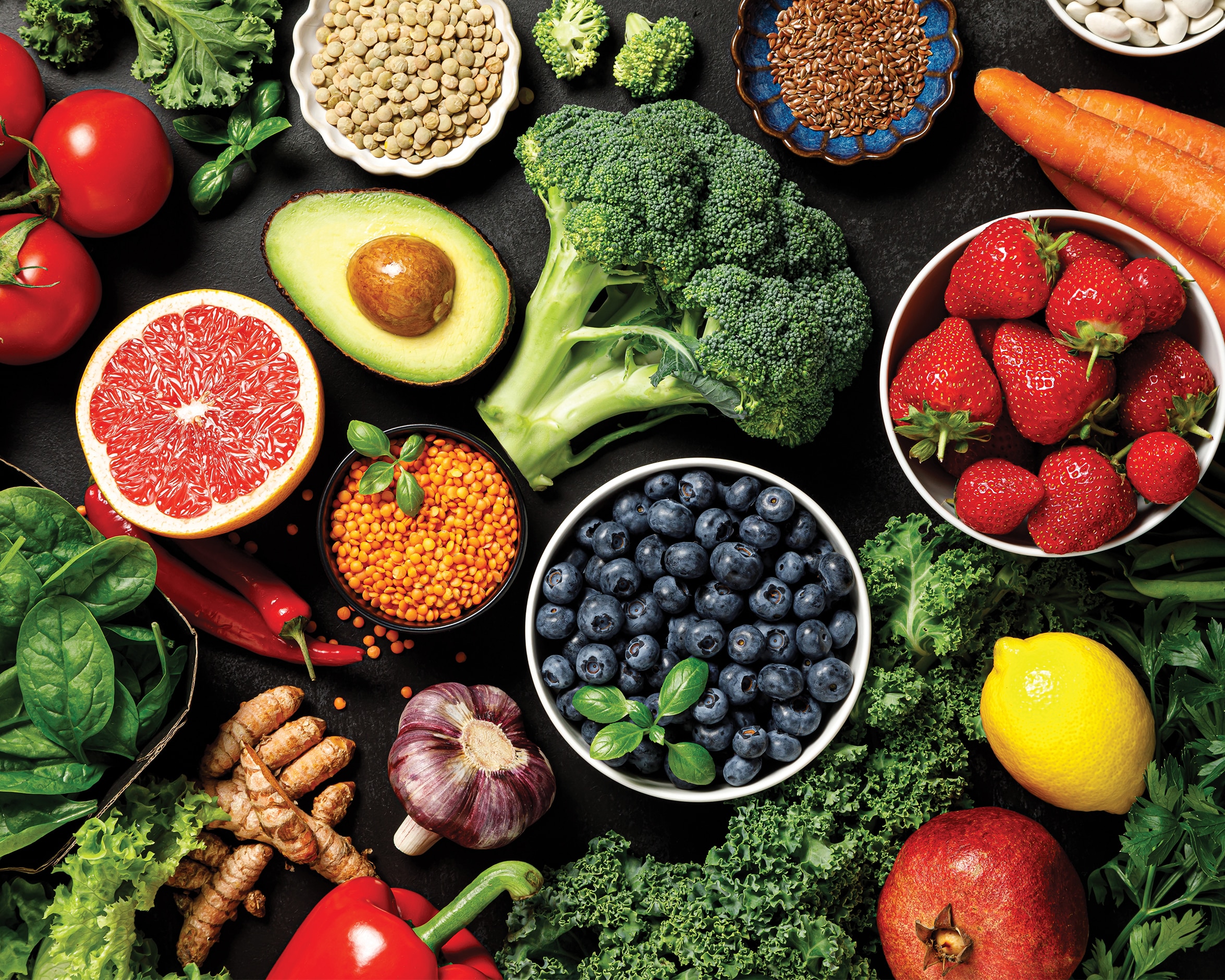How you fuel your body has a direct impact on your health, and some foods are considered far superior to others.
Classifying a food as the impression that one berry or legume could be a miracle worker. In reality, we need a combination of lots of healthy foods to keep our bodies functioning optimally. Different items on your plate may be considered superfoods due to high levels of a vital nutrient. This could be considered its power, but a team of food heroes is required to deliver all the nutrients your body needs. The term ‘superfood’ does not have an official scientific definition – it’s a general term for foods with an exceptional nutrient density or wide range of benefits. Often this term will be used on food-product packaging to sell particular ingredients or items. Whole foods are the most worthy of the ‘superfood’ label, being lightly processed or not at all. If a processed product claims to contain a superfood, the benefits of this ingredient are often cancelled out by the added sugar, salt and fat content.
The first food widely considered a superfood was the banana. During a First World War-era advertising campaign, the United Fruit Company sold the fruit as a cheap and nutritious option for everyone. Soon after, the American Medical Association released scientific findings linking banana consumption to the relief of diabetes and celiac disease, before the cause of these conditions was better understood. It is true that a diet can work as a lifestyle treatment for some medical conditions, and the term ‘superfood’ is still used to highlight some of the healthier, more nutrient-packed options available.
Body benefits
How can superfoods be chosen to meet specific health goals?
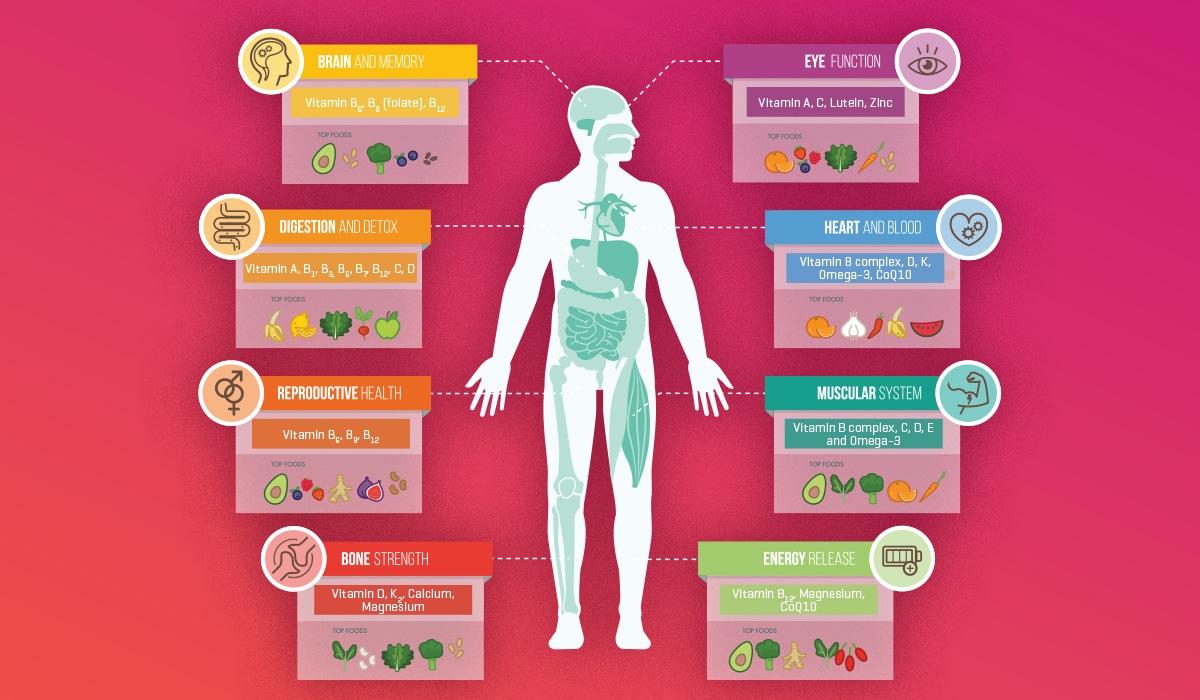
1. Brain and memory
60 per cent of your brain is made of fat. Fats in nuts and fatty fish help in brain and nerve growth.
2. Digestive health
Ginger helps increase movement in digestion while also reducing gas to prevent bloating.
3. Reproductive benefits
Green, leafy vegetables contain the B vitamin folate. This vitamin supports healthy cell division in reproduction.
4. Strong bones
Sweet potatoes are high in potassium and magnesium. Magnesium helps harden bones, while potassium neutralises acid to prevent calcium leaching from bones.
5. Eye function
Nuts and legumes, such as cashews and lentils, have omega-3 to prevent drying eyes and vitamin E to prevent age-related damage.
6. Healthy heart
Beetroot contains high levels of nitrates, which work to dilate blood vessels and keep the heart pumping healthily.
7. Muscle maintenance
Eggs are high in protein, phospholipids, omega-3 fatty acids, cholesterol and vitamin D for muscle building.
8. Energy release
To keep energy levels high for long periods, avocados have potassium and healthy fats.
Five nutrient-dense foods
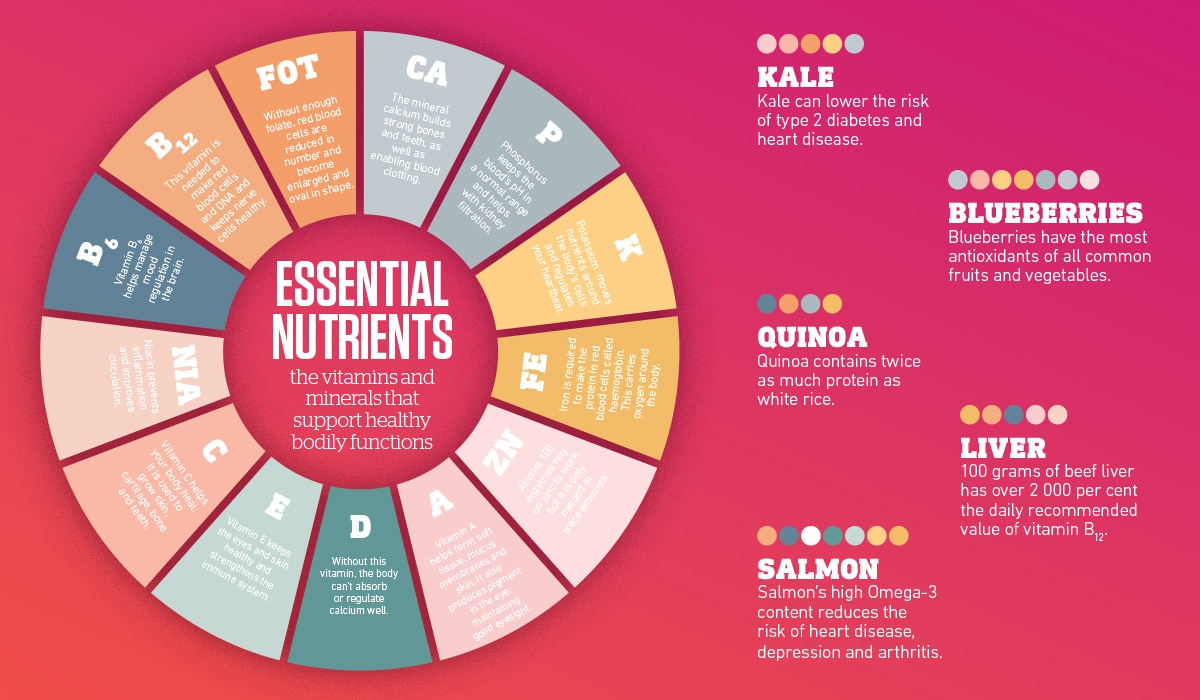
What are the different types?
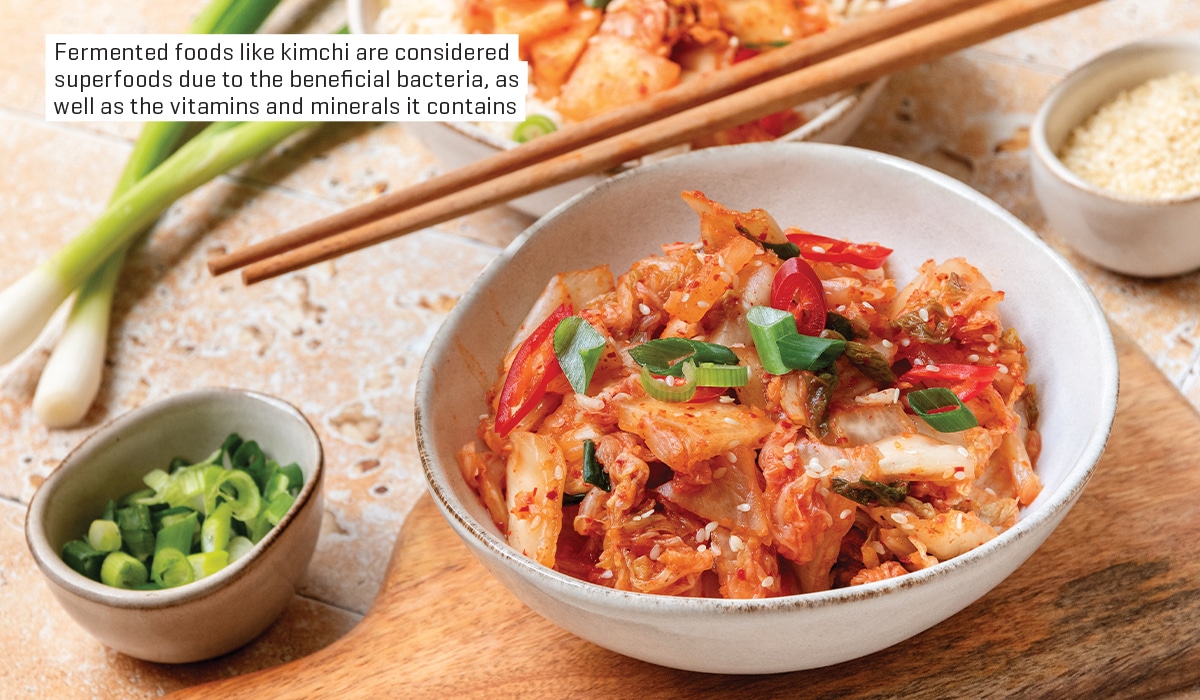
A diverse diet is key in maintaining health across the body. There are multiple superfood categories serving different biological purposes. The first superfood type is dark-green leafy vegetables, like kale and spinach. These leafy vegetables usually have high levels of calcium, iron, magnesium, vitamin C, fibre, zinc and folate. Many berries are also considered superfoods due to their high antioxidant, vitamin, mineral and fibre content. Berries also reduce the risk of inflammatory and immune conditions. Nuts and seeds are another type of superfood, usually high in protein, fibre and antioxidants, while whole grains, which are those that contain all the germ, endosperm and bran, hold on to all the vitamins and minerals that are usually lost in the refining process.
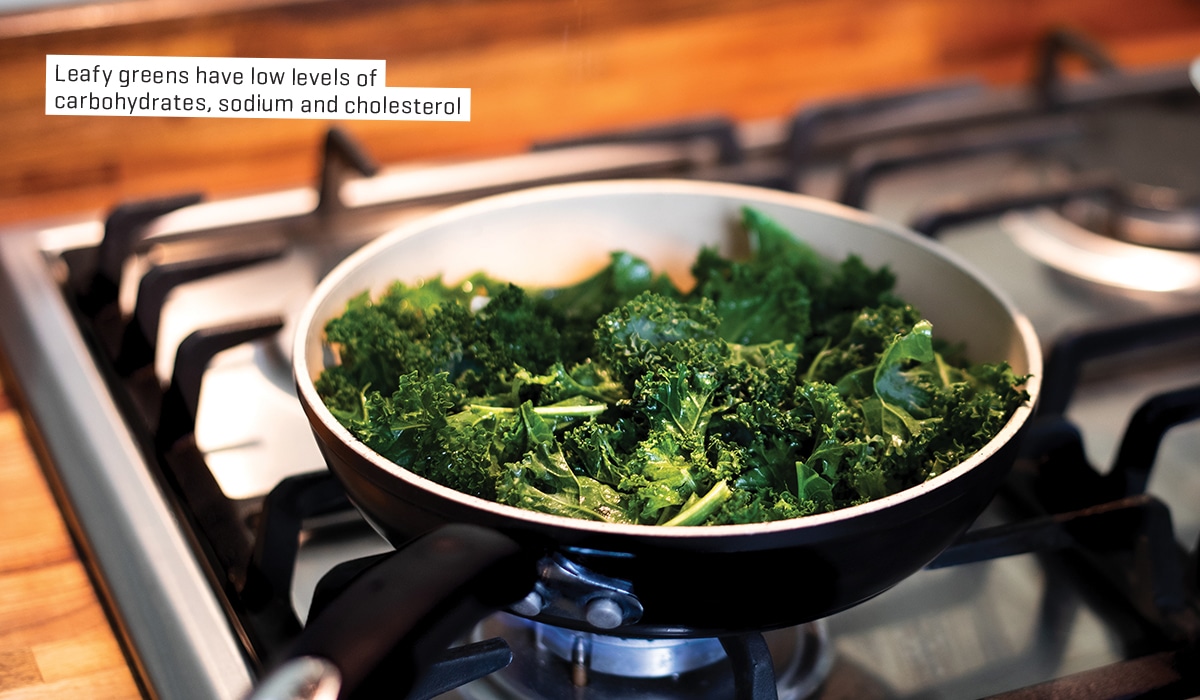
Common myths
There are many myths related to how you should consume superfoods. For example, you might think that because they are so nutritious, you should eat superfoods in large quantities. But eating too much of anything cancels out the positive body response. By consuming too many antioxidants, instead of reducing the risk of disease, an overload can inhibit cells’ defence mechanisms. Another common misconception is that superfoods also need to be super expensive. However, many cheaper food items have high nutritional value, from tinned beans packed with protein to tuna, carrots and eggs.
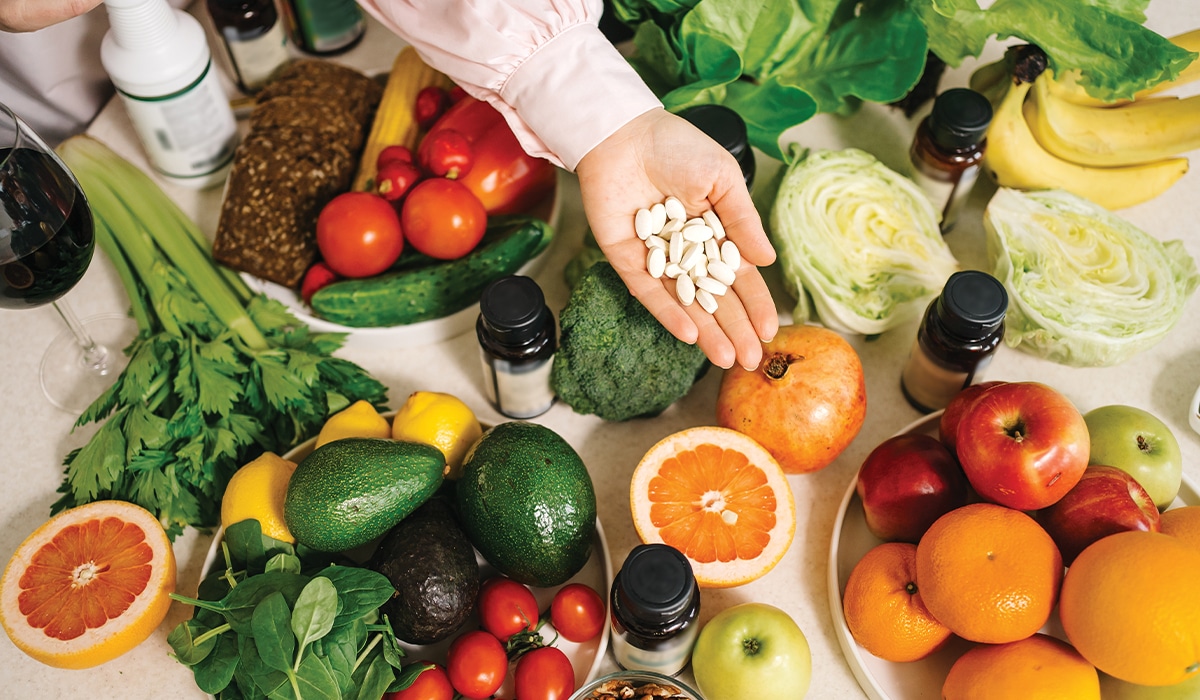
Not all superfoods are consumed as a whole foodstuff – some are taken as supplements.
Words: Ailsa Harvey
Images: Shutterstock/Getty Images
Also read: How To Eat To Beat Cholesterol



